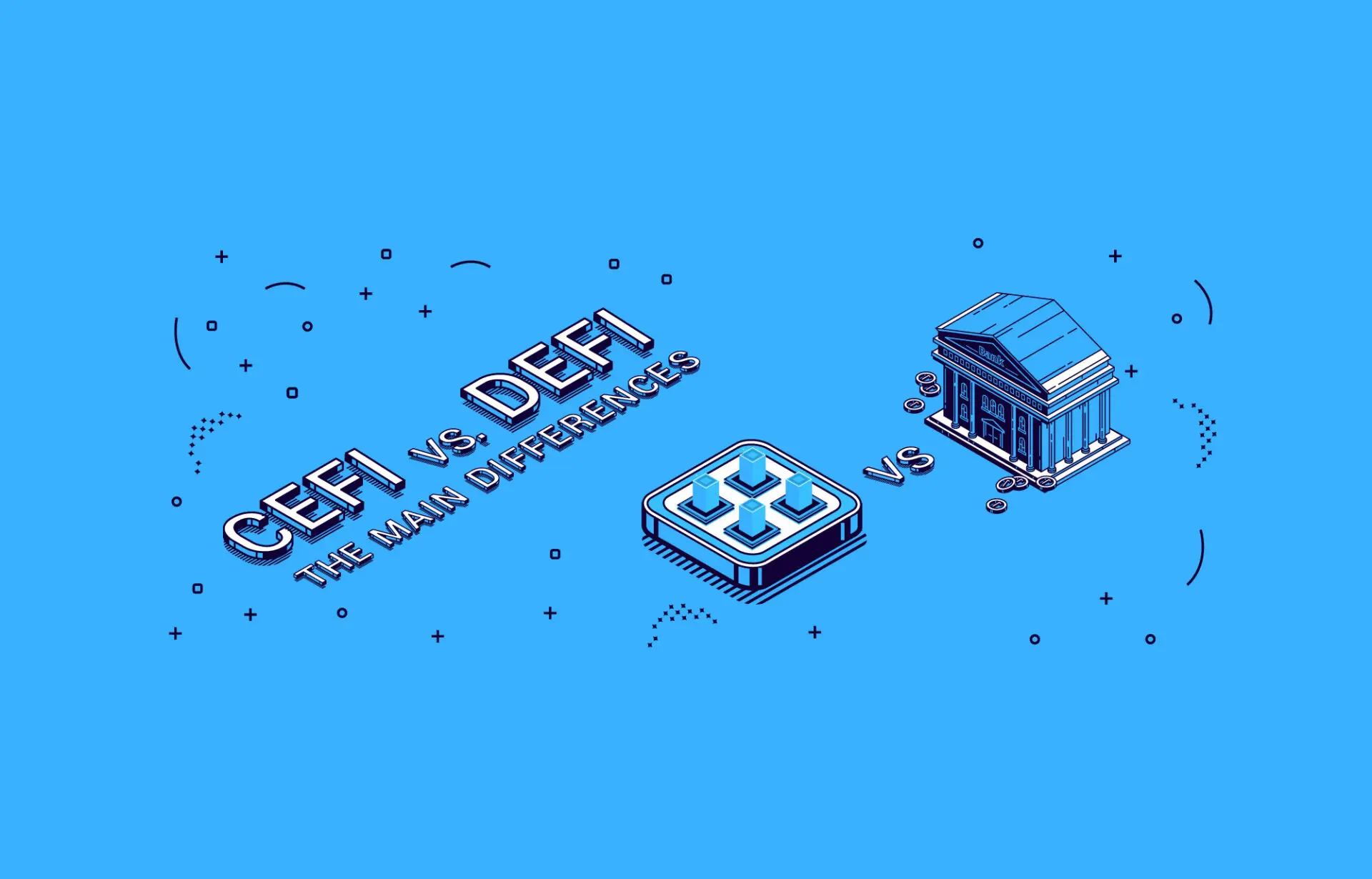You may have heard the term Total Value Locked in relation to DeFi before. But what does it mean? And why does it matter to crypto investors?
What does it mean?
Total Value Locked (TVL) is a metric used to indicate the value of crypto assets locked in smart contracts on any given DeFi platform, or on the DeFi landscape as a whole. In other words, it is the sum of all capital currently secured on the DeFi protocol by liquidity providers.
Although TVL may sound similar to market capitalization, there is a major distinction between the two: while market cap signifies the total potential of a DeFi protocol, TVL provides a real-time look at the protocol’s performance among its active users.
The difference between TVL and market cap is perhaps best illustrated by providing the formula for each.
How is it calculated?
The formula for market capitalization of a blockchain platform (whether CeFi or DeFi) is as follows:
Market Capitalization = Current Price (in USD) x Circulating Supply of a Token (AKA Estimated Number of Tokens Circulating)
By contrast, here is the formula for TVL:
Total Value Locked = Current Price of Each Token (in USD) x Total Number of Tokens Staked (Locked) on a Protocol
It must be noted that, for DeFi platforms that offer multiple tokens (such as multichain dApps), the TVL is calculated by adding up the individual TVL for each coin. This ability to calculate for multiple tokens at once is another clear advantage of TVL over market cap for DeFi investors and market analysts alike.
Why is it important?
For crypto investors, TVL can be a good indicator of the popularity of DeFi projects like NFT platforms. Coupled with the number of active users, TVL has the potential to let users know which projects are worth the investment and which are simply all hype.
TVL is also used frequently in decentralized exchanges (DEXes) and crypto-backed lending. One of the hottest trends in the DeFi space, crypto-backed lending is a popular alternative to TradFi lending thanks to various factors, among them favorable interest rates, speed and convenience, and accessibility.
Knowing the TVL of a DeFi platform’s native coin can help crypto lenders and investors determine whether its valuation makes sense (in that it isn’t overvalued or undervalued). Similarly, knowing the TVL in the liquidity pool of a DeFi lending platform can help users gauge the potential yield, and ultimately inform their decision whether or not to participate.
As is the case with most metrics in crypto, there are, of course, arguments that counter these views. Some say focusing on TVL alone ignores other crucial factors such as adoption metrics, user experience, and value creation for users through innovative service offerings, for example. Others are more concerned about the fact that it is easy to bloat TVL artificially by purchasing more coins through a treasury, as was the case with the now-defunct Luna.
Until we find a way to standardize TVL calculations in DeFi, it is a good idea to consider other metrics in addition to TVL to get a more nuanced picture of any specific project or investment.
Source: TVL across multiple DeFi blockchains from November 2018 to June 26, 2022
Current TVL in the DeFi landscape
It’s no coincidence that the term DeFi gained plenty of traction at the end of last year—back in November 2021, the TVL in the DeFi space had reached more than $250 billion, with nearly two-thirds of that value locked on the Ethereum blockchain.
Although today’s figures are nowhere near the highs of late 2021—with the market hovering at around $55 billion in late September 2022—there is no reason to doubt that DeFi will continue to grow in the future. From wider adoption of cryptocurrencies to the rising popularity of practices like yield farming, blockchain-based models for investing and revenue-generating are gradually becoming a part of our financial vernacular—which, in turn, entices even more users to get in on the action by allocating capital for these DeFi protocols, further driving up their TVL.





